Why Diversity is Needed in Science
“Improving the participation of under-represented groups is not just necessary — it could produce better research.”
California's rich diversity and our dream of making a barrier-free comprehensive world are the basis of our diversity efforts. It is recognized that becoming a more socially competent organization is a long-term promise.
America is composed of individuals who come from various societies and backgrounds. These individuals are all a part of the scientific community. In California, there has been long-term public scrutiny of the publishing industry’s lack of diversity – it is a profession frequently condemned for having a narrow demographic.
We take pride in being trail blazers and building the emerging leaders of tomorrow through intentional business practices and exploring what opportunities are ahead for our youth and in the scientific community. We encourage you to share blogs like this with high school students to stay in touch with us about our future internships.
Why is Diversity Beneficial to Science?
Diversity includes (but not limited to): background, age, sex, sexual direction, race, ethnicity, culture, religion, etc. The advantages of connecting with people with different perspectives can possibly improve our ability to make a mark on the world. Why? Overpowering proof recommends that groups that incorporate various types of thinkers outperform homogeneous gatherings on complex tasks, such as improved problem solving, expanded innovation, and much more—all of which lead to better execution and results when an assorted group is entrusted to move toward a given issue.
According to Understanding Science, “Scientists from such diverse backgrounds bring many points of view to bear on scientific problems”:
● Diversity facilitates specialization
● Diversity invigorates problem-solving
● Diversity balances biases
Extending the Data Science Skills
Individuals frequently think about data science aptitudes in technical terms such as computational mathematics, engineering, and data analysis. However, life skills (such as being a team player, teaming up, compassion, and communication) are also very important to have. It's very important to know how to work in a group setting. A data scientist needs to connect with a product manager, a data engineer, a businessman, and a legal professional. We need the ability to have those discussions the correct way in a culturally diverse space. Many people are working to improve diversity in science and the scientific workforce. Some have been trying hard for decades, but not all are succeeding. Groups like Black Enterprise are inspirational examples that show what can — and must — be done.
Moving the Needle on Diversity and Inclusion
Representation should not be constrained by rank—particularly in an industry where women hold scarcely any authority positions. It's significant for us to engage and develop the individuals we hire by providing training opportunities in areas. For example, exposing new hires to executive presence, negotiation, and open talking training would help advance their tech skills. Shout out to Kim Wilcox our managing director for being there to steer the LJARI ship.
Conclusion
These two angles on diversity and inclusion, from a workforce and a distributing perspective, are inevitably associated. LJARI ensures an undeniably diverse workforce and a truly inclusive environment. We are ready to assume our job in helping promote diversity and inclusion in the more extensive research community.
Science hangs on diversity. If scientists were all the same, scientific debate would be unusual, but so would scientific development! Regardless of their diversity, all of those distinct scientists are part of the same scientific public and donate to the scientific initiative in respected ways.
In partnership,
By Contributor: Dimitrous Chattman, Community Ambassador


